14 Robotics Innovations Changing Everyday Life
Robotics technology is advancing at an unprecedented pace, seamlessly integrating into homes, workplaces, and public spaces. From smart assistants and automated cleaners to robotic surgery and delivery bots, these innovations are reshaping daily routines and revolutionizing how people interact with their environment.
The scope of robotics now spans healthcare, manufacturing, education, and entertainment, profoundly influencing quality of life and efficiency. Discover how robotics is rapidly transforming society in ways once imagined only in science fiction. Learn more from World Economic Forum and IEEE Spectrum.
1. Robotic Vacuum Cleaners

Autonomous vacuum cleaners, such as the popular Roomba, have transformed home cleaning by offering hands-free dirt and dust removal. These devices use advanced sensors and mapping technologies to efficiently navigate rooms, avoid obstacles, and cover every corner. Features like scheduling and integration with smart home systems allow users to control cleaning routines remotely.
Compared to traditional vacuuming, robotic vacuums save significant time and effort, continuously improving in suction power, battery life, and smart navigation. Their growing popularity highlights a shift toward effortless, automated household chores. Explore more at The New York Times Wirecutter.
2. Robotic Lawn Mowers
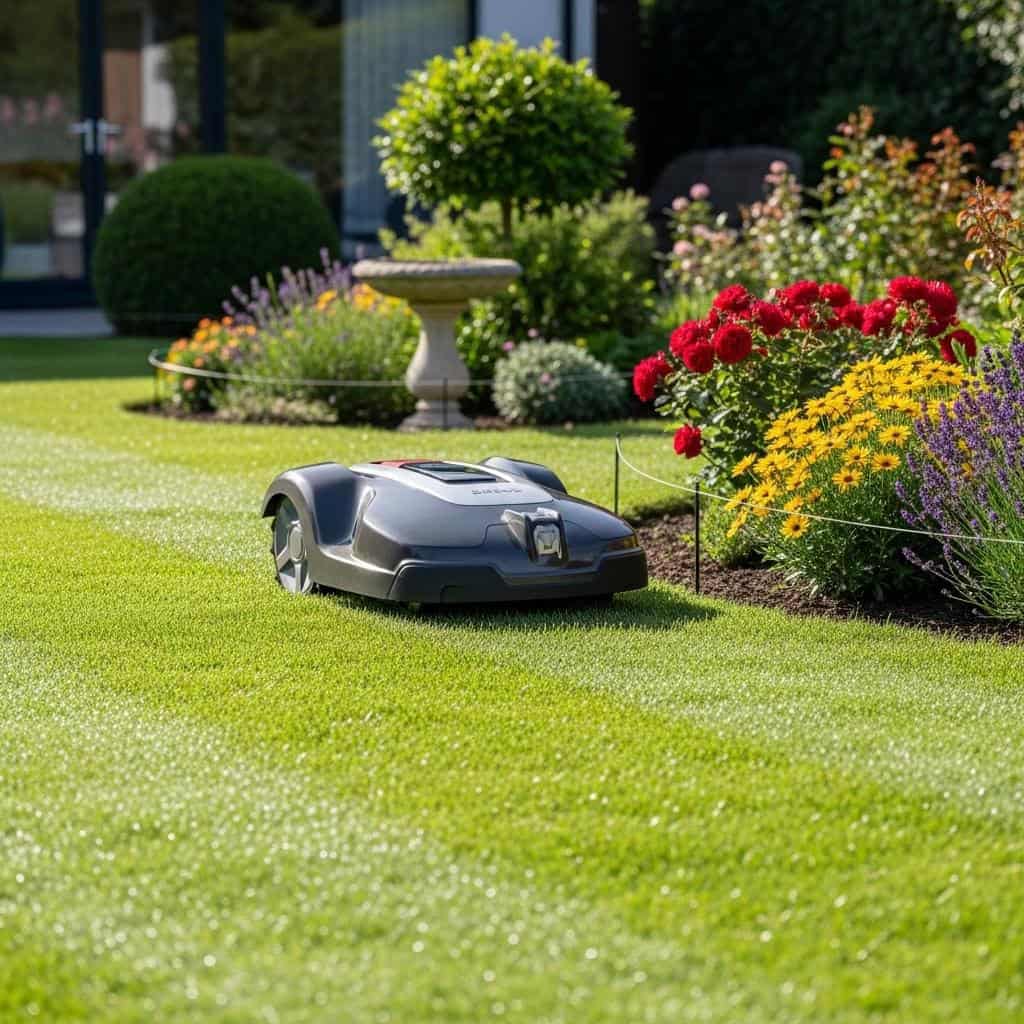
Robotic lawn mowers, such as the Husqvarna Automower, autonomously trim grass and keep lawns in pristine condition with minimal human involvement. Utilizing GPS navigation, boundary wires, and advanced safety sensors, these robots efficiently maneuver around obstacles and adjust to various terrains.
Their electric operation results in quieter performance and reduced emissions compared to traditional gas-powered mowers. By offering programmable schedules and requiring little maintenance, robotic mowers provide an eco-friendly and convenient alternative for lawn care. Discover more about top models and features at Consumer Reports.
3. Personal Assistant Robots
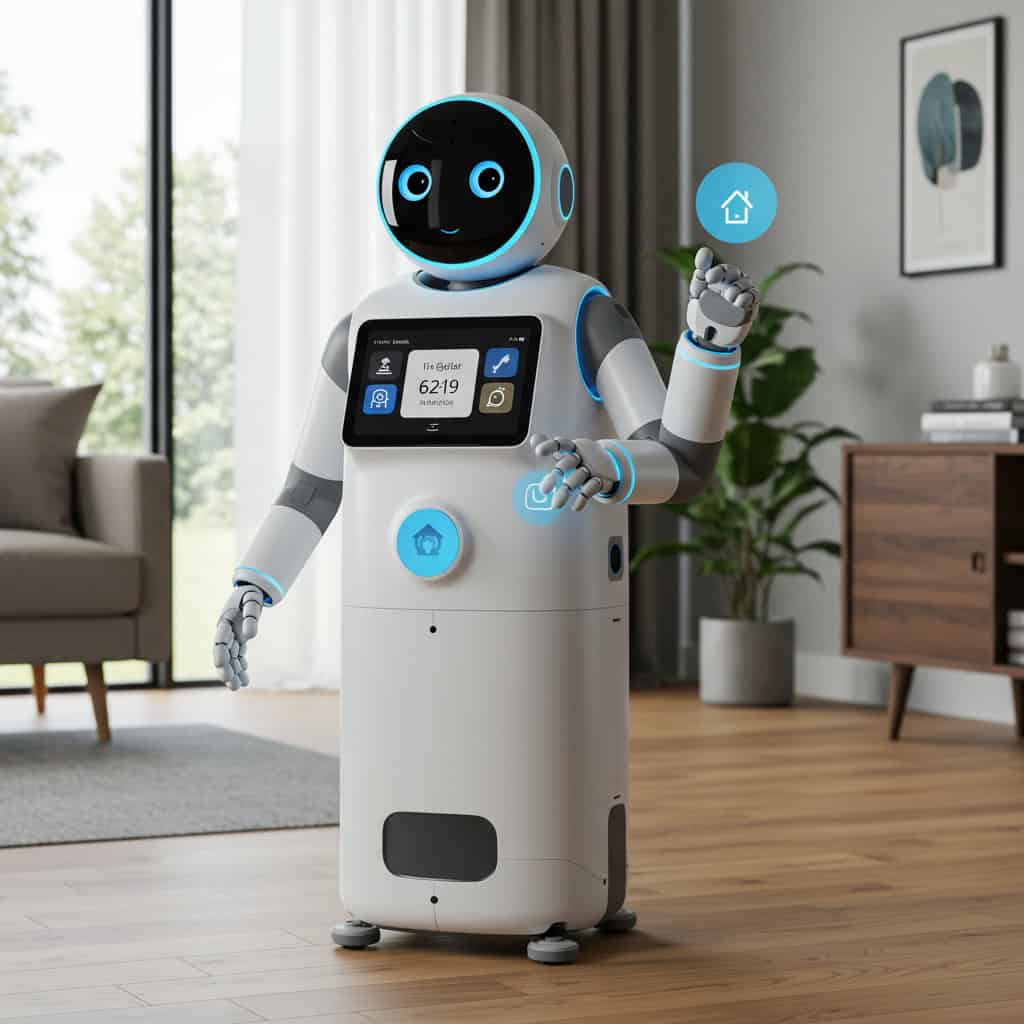
Personal assistant robots like Amazon Astro and ElliQ are redefining in-home support by helping with daily tasks, reminders, and offering companionship. These robots are particularly valuable for seniors and individuals with limited mobility, fostering greater independence and enhancing safety.
Equipped with voice recognition, smart home integration, and proactive health check-ins, they can provide medication alerts, monitor for emergencies, and even initiate video calls. Their presence not only eases daily routines but also combats loneliness by facilitating social connections. Learn more about recent advancements at CNBC.
4. Robotic Exoskeletons

Wearable robotic exoskeletons are revolutionizing mobility and rehabilitation for people with injuries or physical disabilities. These advanced devices support walking, enhance strength, and assist in regaining movement after strokes or accidents. In medical settings, exoskeletons are used for physical therapy, promoting faster and more effective patient recovery.
In industrial environments, they help workers lift heavy loads safely, reducing the risk of musculoskeletal injuries. As technology advances, exoskeletons are becoming lighter, more affordable, and increasingly accessible. Explore the latest developments in exoskeleton technology at Nature.
5. Surgical Robots

Surgical robots, such as the da Vinci Surgical System, are transforming the operating room by enabling minimally invasive procedures with remarkable precision and control. These robots assist surgeons in performing complex tasks through tiny incisions, resulting in less pain, reduced blood loss, and faster recovery times for patients.
For surgeons, robotic systems offer enhanced visualization and dexterity, improving surgical outcomes and safety. Compared to traditional open surgery, robot-assisted methods typically lead to shorter hospital stays and fewer complications. Learn more about the benefits and applications of surgical robots at Mayo Clinic.
6. Delivery Drones and Robots
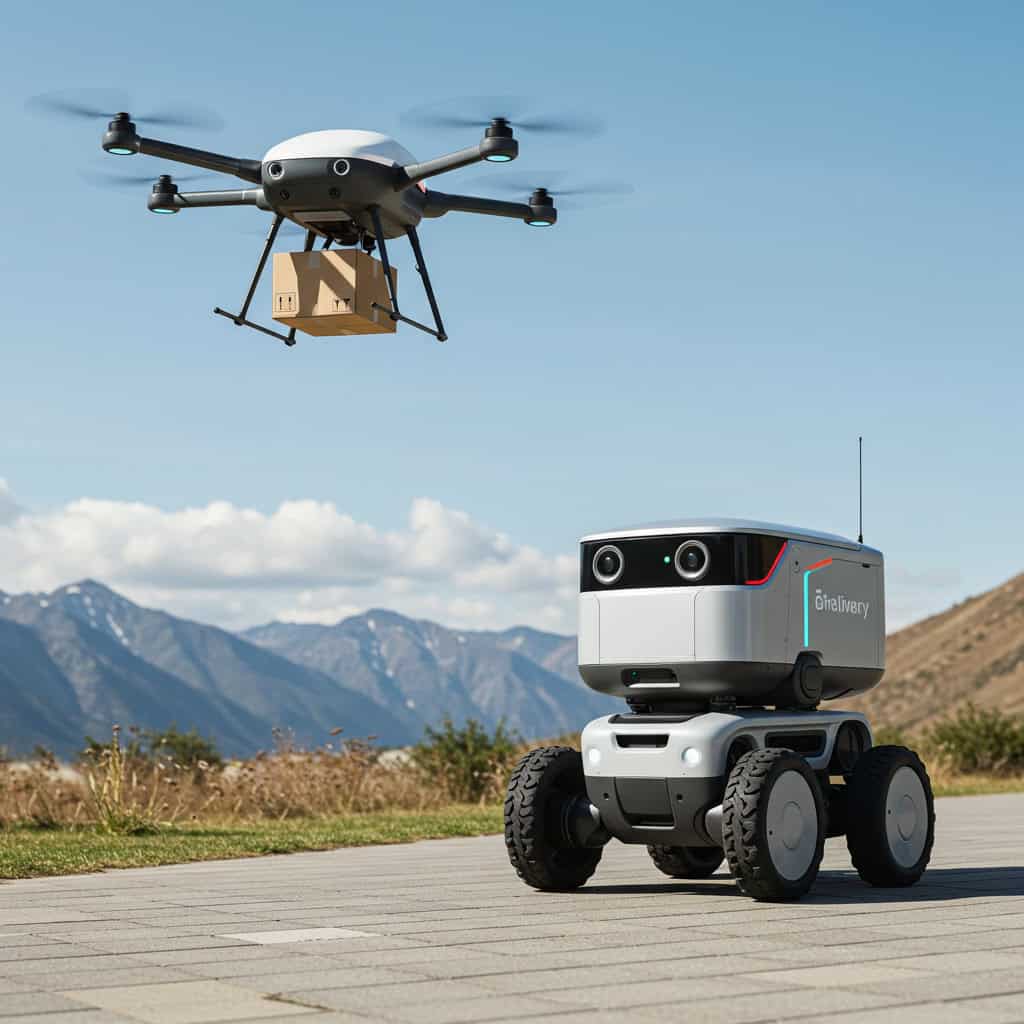
Ground-based delivery robots, such as those developed by Starship Technologies, and aerial drones are redefining how food and packages reach customers. These autonomous systems enhance efficiency and convenience, often reducing delivery times and minimizing human contact—a significant benefit during public health crises.
Drones and robots are especially valuable for delivering goods to remote or hard-to-reach locations. However, widespread adoption faces regulatory hurdles and logistical complexities, including airspace management and navigation in urban environments. Dive deeper into the evolution and challenges of delivery robotics at BBC News.
7. Educational Robots
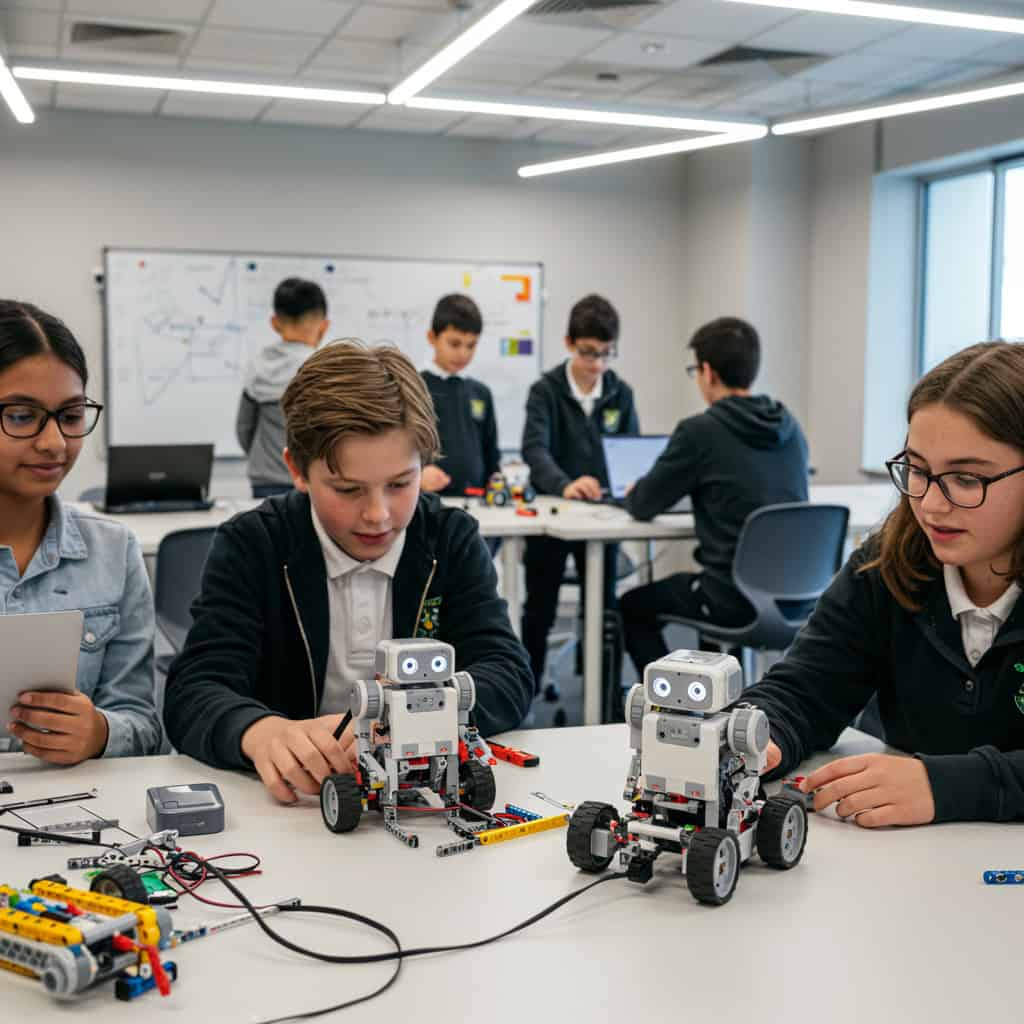
Programmable robots like LEGO Mindstorms and Dash & Dot are transforming education by making STEM learning interactive and accessible. These robots allow students to experiment with coding, engineering, and problem-solving in hands-on ways, fostering creativity and critical thinking. By building and programming robots, learners gain practical skills that are increasingly essential for future technology-driven careers.
Educational robotics programs not only increase classroom engagement but also bridge gaps in digital literacy. Schools worldwide are adopting these tools to better prepare students for the evolving demands of the workforce. Discover more about robotics trends in education at EdTech Magazine.
8. Social Robots

Social robots such as Pepper and PARO are designed to interact with people on an emotional and conversational level, offering companionship, therapy, or customer service. In hospitals and elder care settings, these robots provide comfort, reduce loneliness, and support mental well-being, often complementing or enhancing traditional human care.
In retail environments, social robots engage customers, answer questions, and streamline service experiences. Their growing presence highlights the unique value of robotics in fostering human connection and delivering consistent support roles. Explore how social robots are transforming health care at Scientific American.
9. Automated Warehousing Robots

Automated warehousing robots, such as Amazon’s Kiva and Proteus systems, have revolutionized logistics by autonomously moving inventory, sorting products, and assisting with packing. These robots streamline workflows, boost efficiency, and significantly reduce human error compared to traditional manual labor.
Their precision and speed are essential for supporting the rapid growth of e-commerce, enabling faster order fulfillment and better inventory management. By automating repetitive tasks, these systems free up human workers for more complex roles, reshaping the future of warehouse operations. Learn more about Amazon’s warehouse robotics at The Verge.
10. Robotic Prosthetics
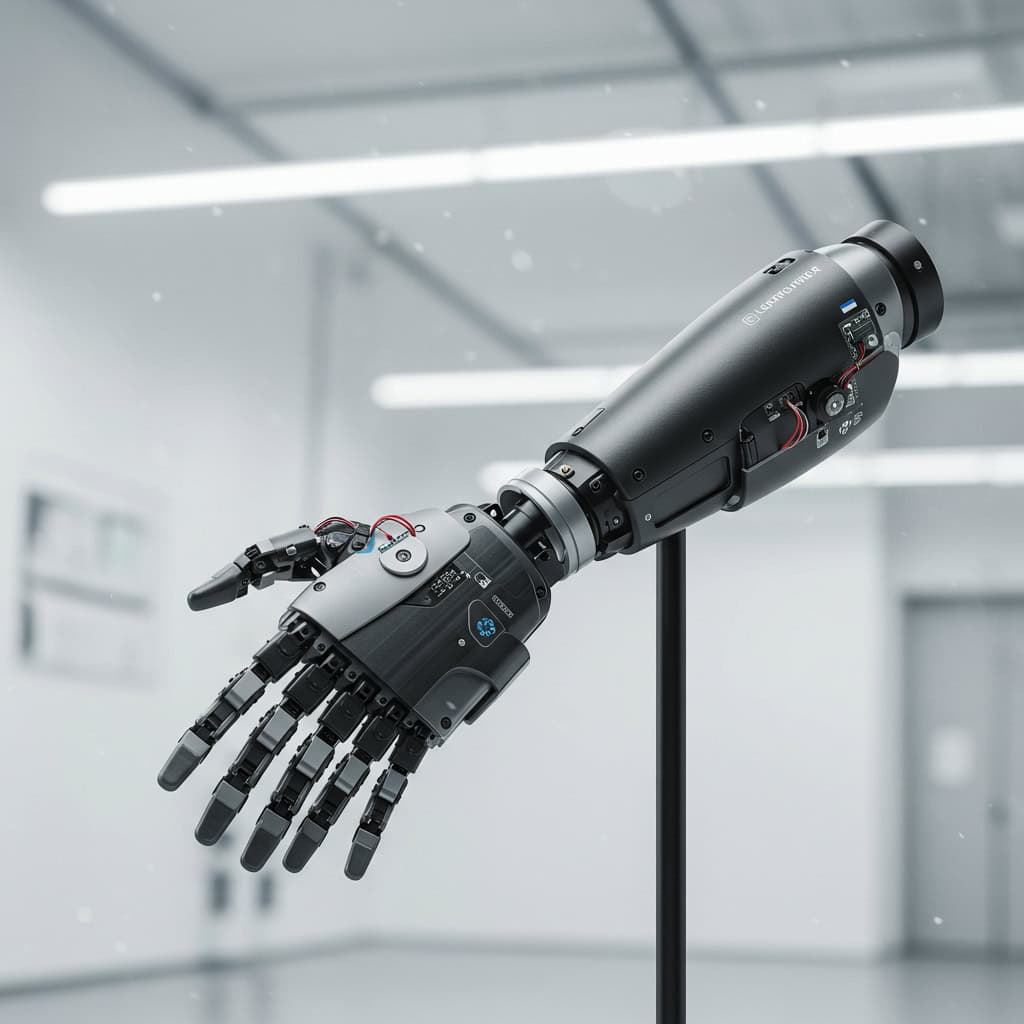
Robotic prosthetics represent a major leap forward for amputees, utilizing sensors and artificial intelligence to closely mimic the natural movement of human limbs. Unlike traditional prosthetics, which often offer limited mobility, modern bionic limbs respond dynamically to muscle signals, providing greater dexterity and control.
These advanced prosthetics improve quality of life by restoring functional independence and allowing users to perform complex tasks. Ongoing research continues to refine these technologies, making them lighter, more intuitive, and accessible. Explore breakthroughs and future directions in robotic prosthetics at Nature.
11. Autonomous Vehicles
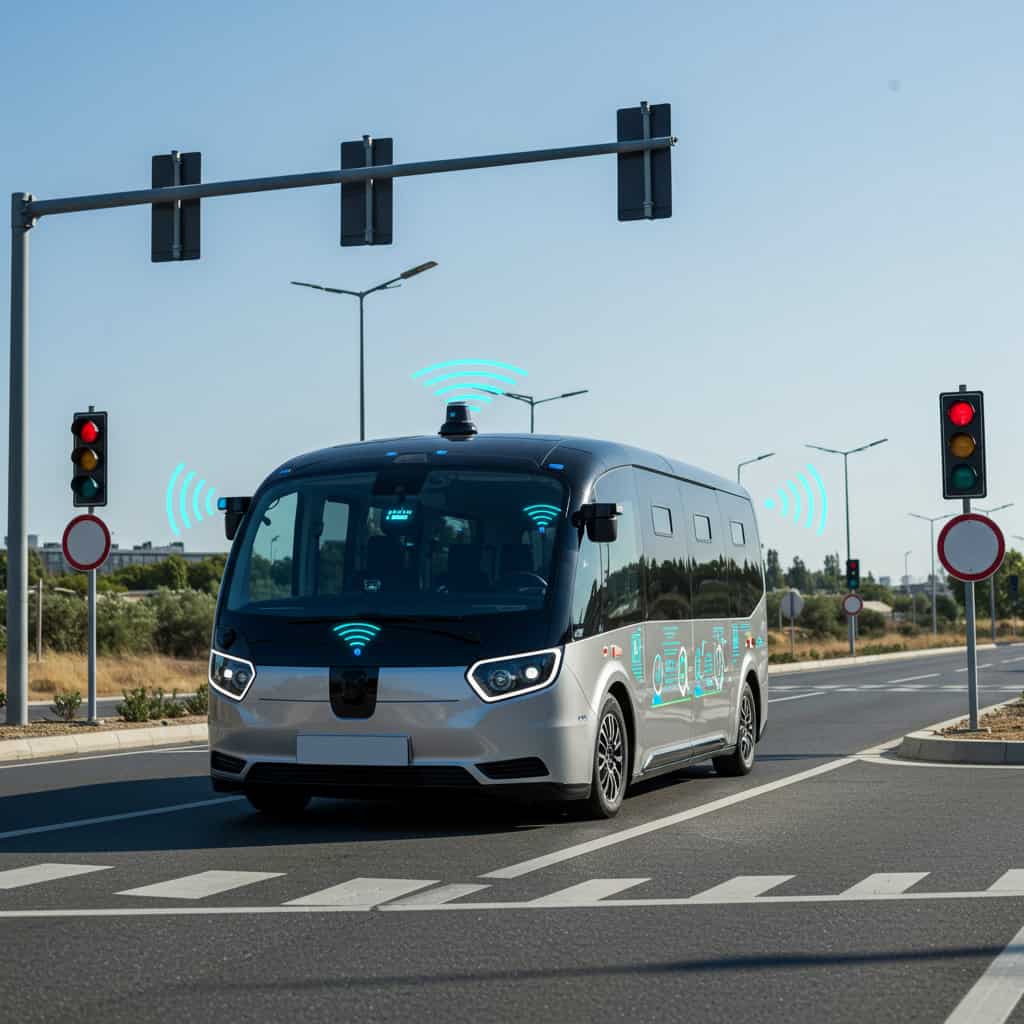
Autonomous vehicles, including self-driving cars, buses, and trucks, leverage robotics and artificial intelligence to navigate roads with minimal human intervention. Companies like Waymo and Tesla are at the forefront, piloting fleets that promise enhanced safety, reduced traffic congestion, and increased accessibility.
These vehicles use sensors, cameras, and advanced algorithms to interpret surroundings and make real-time decisions. While autonomous technology offers transformative potential compared to conventional vehicles, challenges remain in regulatory approval, safety validation, and complex urban environments. For an in-depth look at the current state and future of autonomous vehicles, visit Reuters.
12. Robotic Companions for Kids
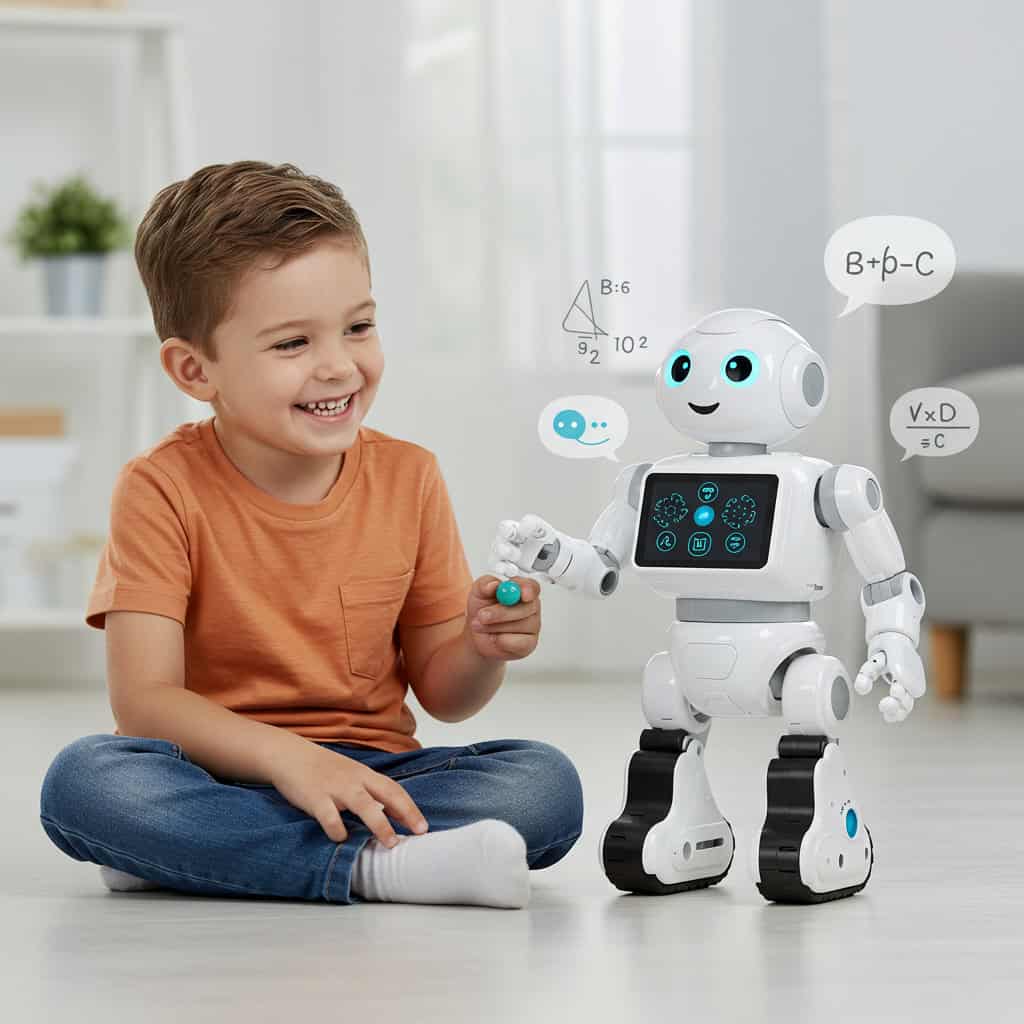
Robotic companions such as Cozmo and Miko are transforming playtime and education for children by offering interactive entertainment combined with learning experiences. These robots use artificial intelligence to recognize faces, respond to emotions, and engage in meaningful conversations, distinguishing them from traditional toys.
By encouraging curiosity, communication, and problem-solving, robotic companions contribute to social development and early STEM learning. Their adaptive personalities and educational content help nurture creativity and empathy, making them valuable tools in modern childhood development. For more on top robotic toys and their benefits, see The New York Times Wirecutter.
13. Food Preparation Robots
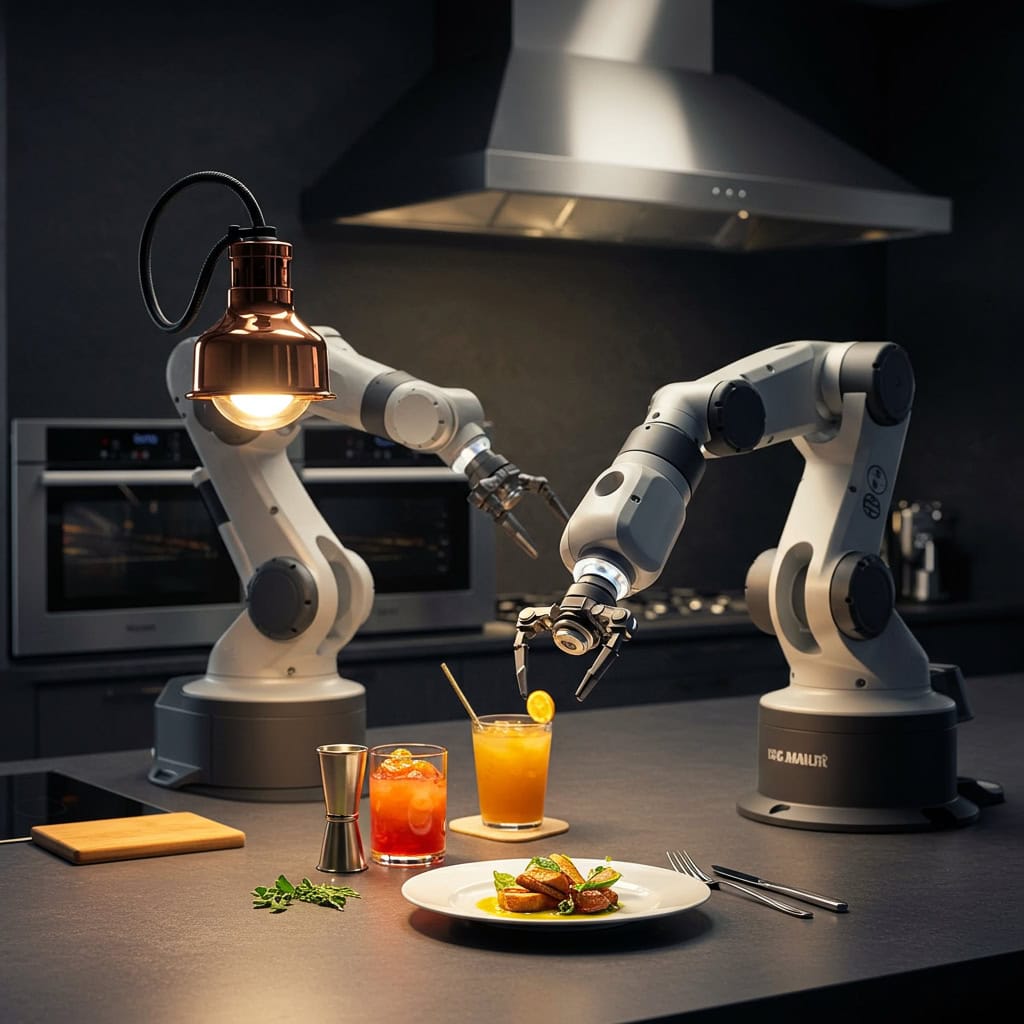
Food preparation robots, like the Moley Robotics kitchen and automated baristas, are revolutionizing meal and beverage creation in both homes and commercial settings. These systems can autonomously prepare complex recipes, mix drinks, and serve customers with impressive speed and consistency.
Restaurants and cafes benefit from increased efficiency, reduced labor costs, and minimized human error, while home users enjoy gourmet-quality meals at the touch of a button. Compared to human chefs, food robots offer unmatched precision and reliability, though the human touch and creativity remain unique. Discover more about kitchen robotics at Forbes.
14. Robotic Security Systems
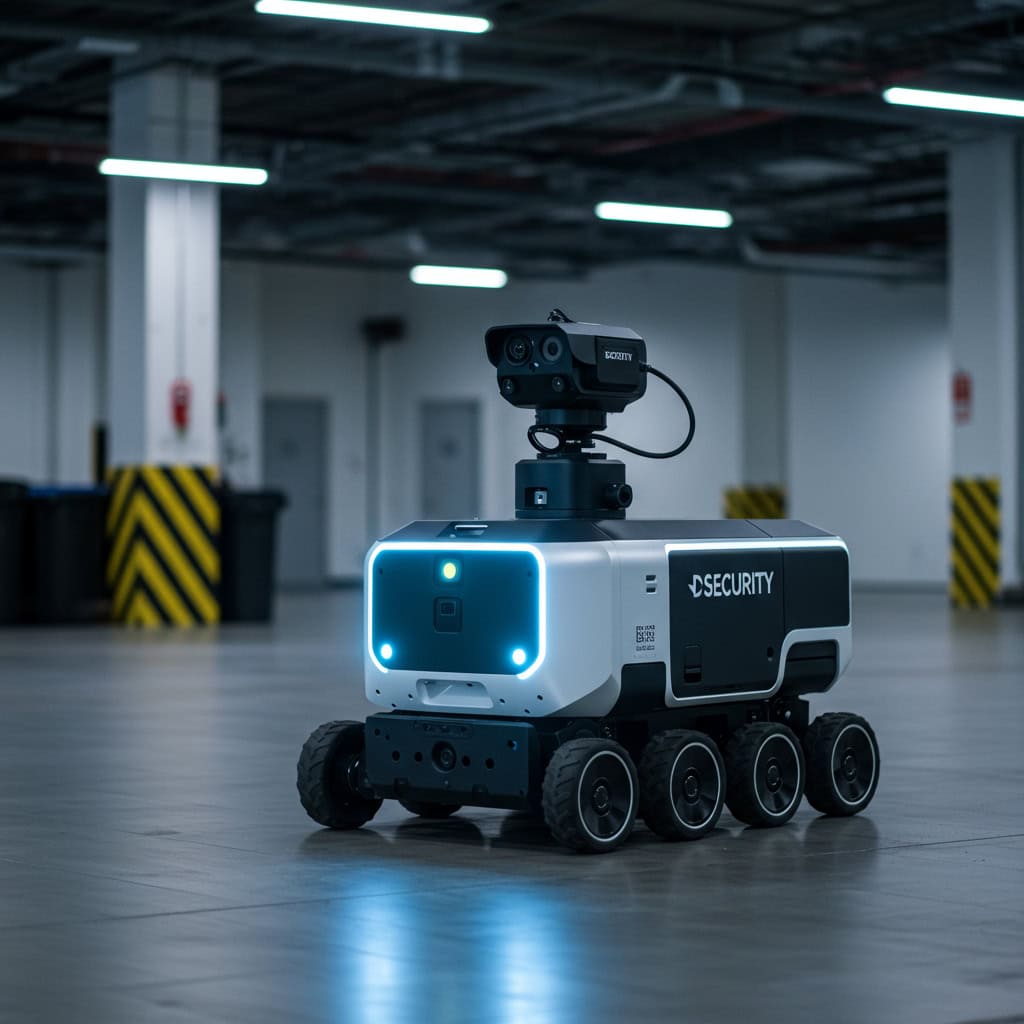
Security robots such as those developed by Knightscope are transforming property protection by autonomously patrolling facilities and monitoring for threats around the clock. Equipped with advanced cameras, sensors, and AI-driven analytics, these robots can detect unusual activities, alert authorities, and provide real-time surveillance far beyond the capabilities of traditional human guards.
Their continuous presence deters crime, reduces response times, and lowers long-term security costs. Robotic systems also minimize human risk in hazardous situations, making them an effective and reliable solution for modern security needs. Learn more about security robotics at CNN.
Conclusion

The 14 robotics innovations explored above are profoundly reshaping how people live, work, and interact—delivering greater convenience, safety, and overall well-being. From automated home helpers to advanced healthcare and security systems, robotics is enhancing quality of life and transforming countless industries.
As technology continues to evolve, these innovations will only become more integrated and capable, offering even greater benefits and possibilities in the future. Stay informed about robotics advancements and their impact on society at IEEE Spectrum.






